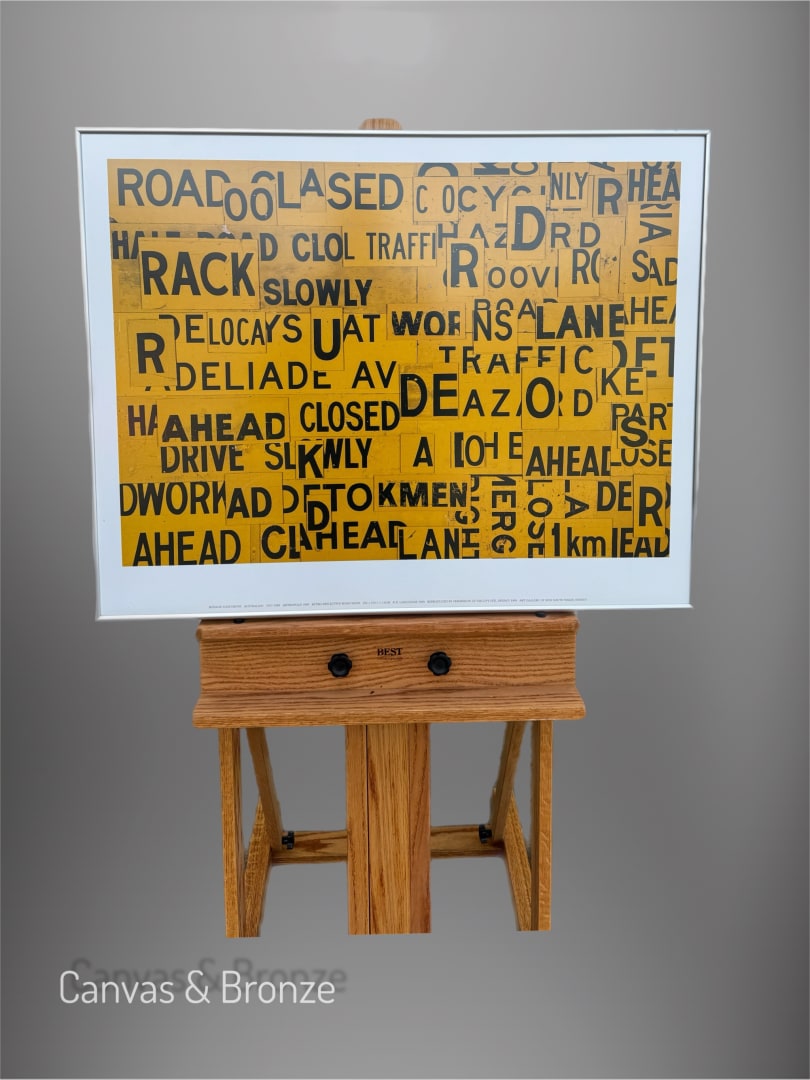Rosalie Gascoigne transformed everyday detritus into poetic reflections of place, memory, and time. Born Rosalie Norah King Walker on 25 January 1917 in Auckland, New Zealand, she later became one of Australia’s most celebrated assemblage artists. Her trailblazing career reached an international milestone in 1982 when she became the first woman to represent Australia at the prestigious Venice Biennale. In recognition of her artistic contributions, Gascoigne was appointed a Member of the Order of Australia in 1994.
From Ikebana to Assemblage: A Creative Evolution
Gascoigne’s artistic journey began in the solitude of Mount Stromlo, an isolated scientific community in Canberra, where she moved in 1943 after marrying astronomer Ben Gascoigne. During years spent raising her children, she found artistic expression through flower arranging, eventually mastering the Japanese discipline of Sogetsu Ikebana—a practice that would profoundly influence her later work. Praise from Sogetsu founder Sofu Teshigahara encouraged her early explorations, but by the late 1960s, Gascoigne yearned for a broader creative outlet.
She began working with found objects—rusted scrap metal, discarded wood, and weathered household items—collected during scavenging trips across the Australian landscape. These materials, “open to the weather,” became the core of her assemblages: visual haikus of rural Australia rendered in salvaged tin, retro-reflective road signs, floral linoleum, and Schweppes crates. The stark contrast between her lush New Zealand upbringing and the arid expanses of Australia shaped her visual language of worn beauty and quiet resilience.
Artistic Themes, Influences, and Legacy
Gascoigne’s work is deeply tied to place, memory, and the lived texture of materials. Her use of faded signage and abstract text fragments reflects both a love of poetry and a visual nod to crosswords, rearranged into gridded compositions rich in emotional resonance. The influence of artists such as Colin McCahon and Robert Rauschenberg, and poets like Sylvia Plath and William Wordsworth, can be felt in her balance of conceptual depth and formal clarity.
Later in her career, her vibrant collages gave way to more subdued, meditative pieces—compositions in whites and earth tones that speak of quiet introspection and transience. Though she continued working into her 80s, the limitations of age restricted the international reach her art might have achieved. Nonetheless, her works are held in high esteem across Australian and New Zealand institutions, and the Metropolitan Museum of Art in New York owns one of her pieces.
A Lasting Influence
Gascoigne passed away in Canberra in 1999, leaving behind a body of work that continues to inspire and challenge. Her legacy is not just in galleries but in the reimagining of what art can be: a reflection of life’s overlooked fragments, pieced together into something deeply meaningful.
